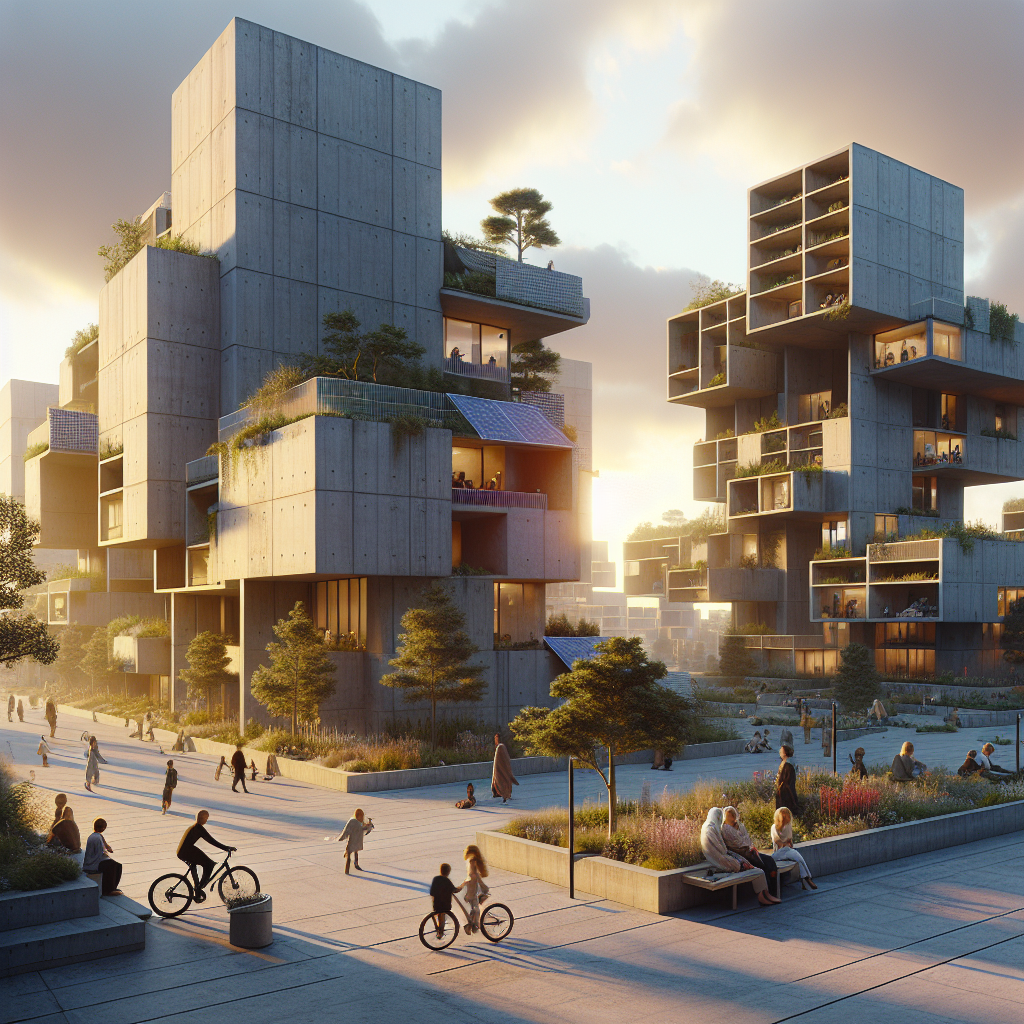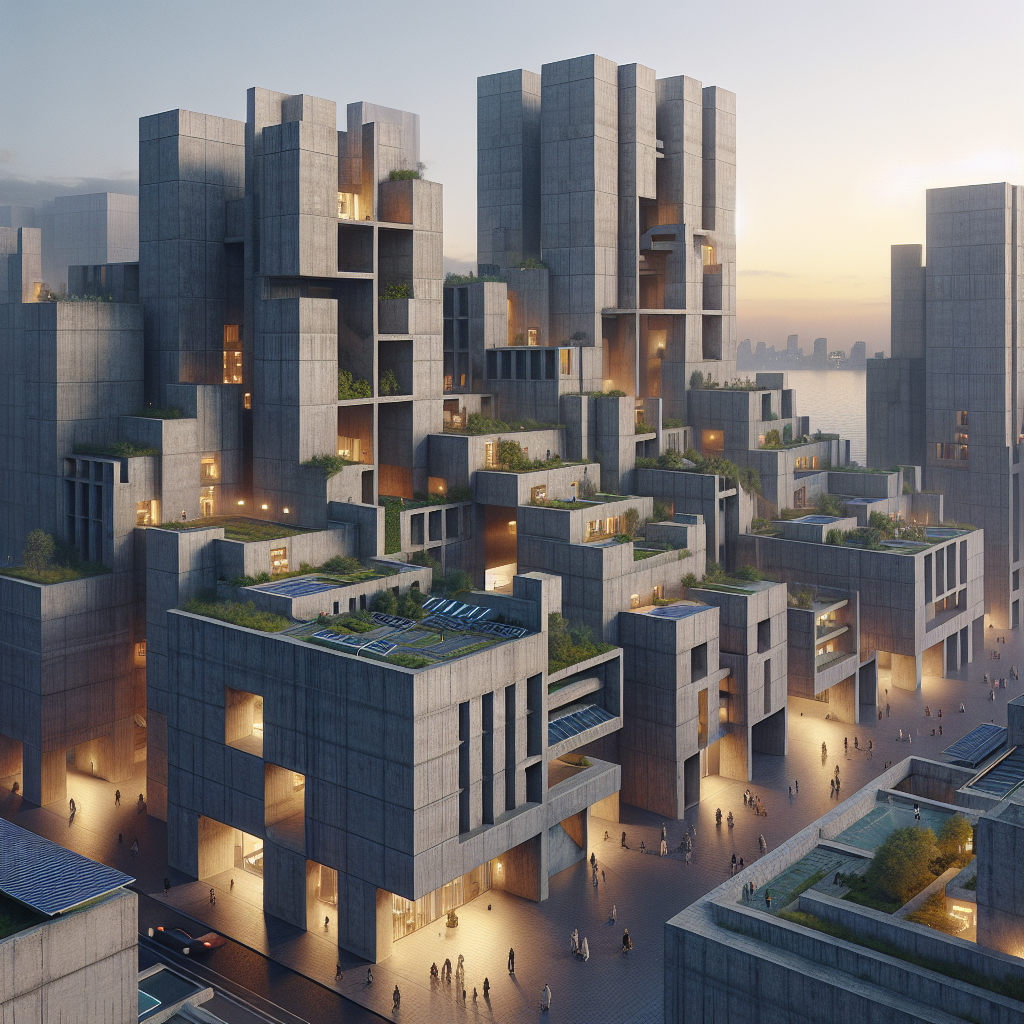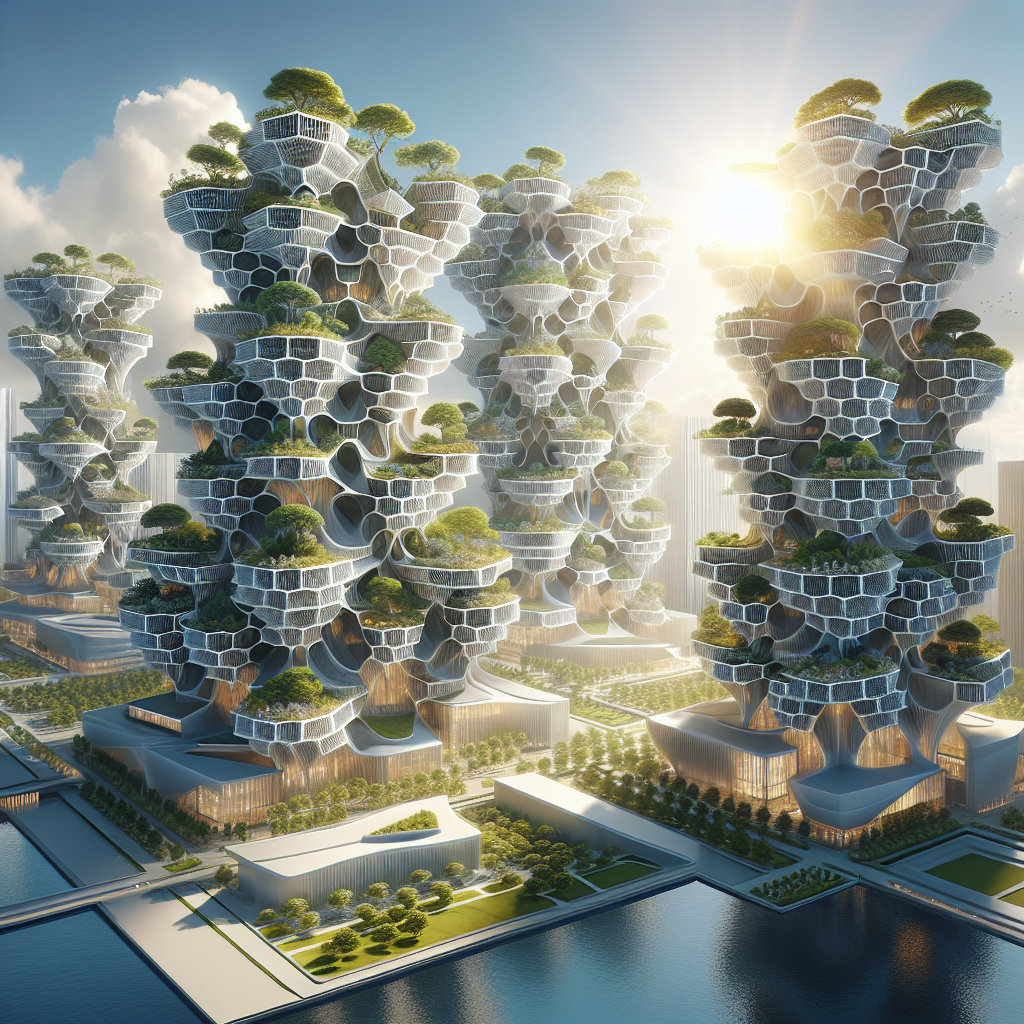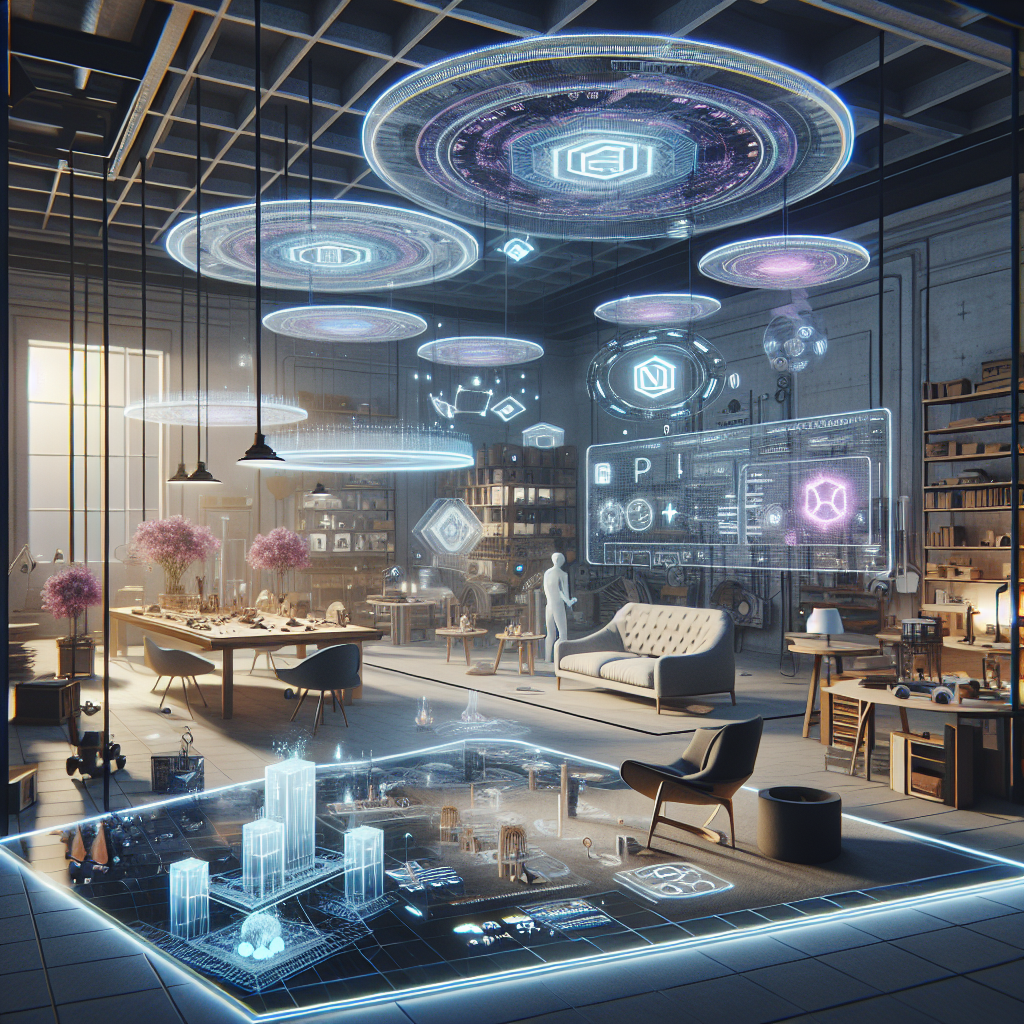Brutalist Architecture: Exploring Concrete’s Bold Comeback
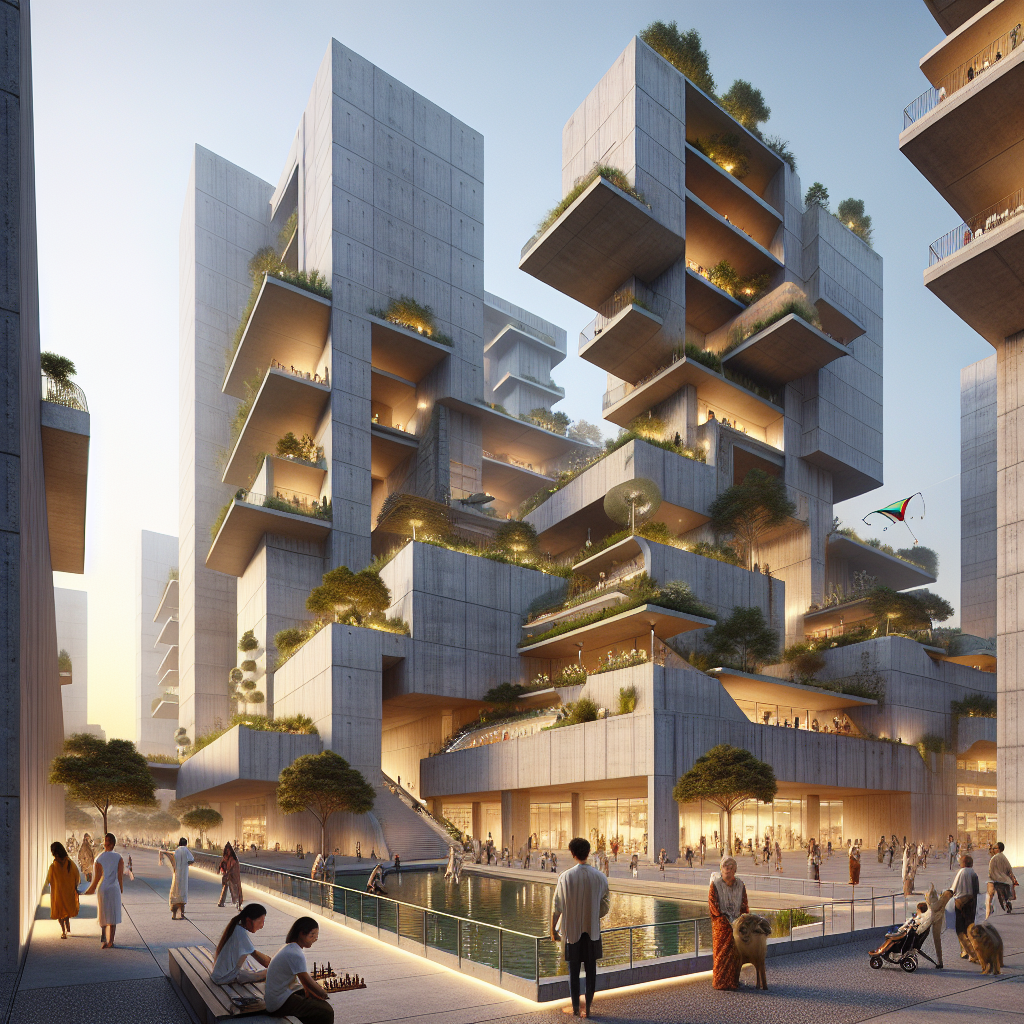
Brutalist Architecture: Exploring Concrete’s Bold Comeback
In the ever-evolving landscape of architectural trends, few styles evoke as visceral a reaction as Brutalism. Defined by its unapologetic embrace of raw concrete, geometric forms, and imposing structures, Brutalist architecture has journeyed from celebrated innovation to widespread disdain—and now, intriguingly, back into the spotlight. Today, designers, architects, and urban planners are rediscovering the profound beauty and inherent sustainability of Brutalism, propelling concrete’s bold comeback into contemporary design discourse.
The Rise, Fall, and Revival of Brutalism
Originating in the mid-20th century, Brutalism emerged as a radical departure from traditional architectural aesthetics. The term itself, derived from the French “béton brut” meaning “raw concrete,” captures the essence of the movement: structures characterized by exposed concrete surfaces, angular shapes, and monumental scales. Architects like Le Corbusier, whose iconic Unité d’Habitation in Marseille epitomized the movement, pioneered Brutalism as a response to post-war reconstruction needs and the desire for honesty in materials and form.
However, by the late 20th century, Brutalism’s stark aesthetic fell out of favor, criticized for its perceived coldness and association with institutional austerity. Many Brutalist landmarks faced neglect or demolition, their raw concrete surfaces dismissed as bleak and oppressive. Yet, as we navigate the complexities of the 21st century, Brutalism is experiencing a renaissance, appreciated anew for its honesty, structural integrity, and surprising environmental benefits.
Concrete Reimagined: Sustainability and Innovation
Contrary to popular belief, concrete—when thoughtfully utilized—can be a remarkably sustainable material. Its thermal mass properties allow buildings to naturally regulate temperature, reducing reliance on artificial heating and cooling systems. Innovations such as self-healing concrete, infused with bacteria that repair cracks autonomously, further enhance its longevity and reduce maintenance costs.
Today’s architects are embracing these innovations, creating Brutalist-inspired structures that merge aesthetic boldness with ecological responsibility. For instance, the recently completed Oslo Public Library by Atelier Oslo and Lundhagem demonstrates how Brutalist principles can be harmoniously integrated with contemporary sustainability standards. Its expansive concrete façades not only evoke Brutalism’s monumental presence but also optimize energy efficiency through strategic insulation and passive solar design.
Brutalism in Contemporary Urban Landscapes
The revival of Brutalism is particularly evident in urban environments, where its robust forms provide a striking counterpoint to glass-and-steel skyscrapers. Architects and urban planners increasingly appreciate Brutalism’s ability to anchor communities, creating landmarks that foster civic pride and identity. London’s Barbican Estate, once criticized for its fortress-like appearance, now stands as a beloved cultural hub, illustrating Brutalism’s enduring relevance.
Moreover, the upcoming Paris 2024 Olympic Games have sparked renewed interest in Brutalist aesthetics, with designers drawing inspiration from the city’s existing Brutalist landmarks to craft venues that embody strength, durability, and timelessness. This renewed appreciation underscores Brutalism’s capacity to resonate with contemporary values of resilience and authenticity.
Interior Design Embraces Brutalist Aesthetics
Brutalism’s influence extends beyond architecture, permeating interior design trends that celebrate raw materials, bold geometries, and tactile experiences. Concrete walls, floors, and furnishings are increasingly prevalent in high-end residential and commercial interiors, often juxtaposed with softer elements to create balanced, inviting spaces.
For example, the interiors of the Ace Hotel in Kyoto artfully blend Brutalist-inspired concrete elements with traditional Japanese craftsmanship, resulting in spaces that feel simultaneously contemporary and timeless. Similarly, furniture designers are embracing Brutalist principles, crafting pieces that emphasize material honesty and sculptural presence, as explored in our recent feature on Brutalism’s impact on modern furniture design.
Digital Brutalism: Virtual Realms and Concrete Inspiration
Intriguingly, Brutalism’s revival transcends physical spaces, influencing digital design and virtual environments. The aesthetic’s emphasis on simplicity, functionality, and raw authenticity aligns seamlessly with contemporary digital minimalism. Video games, virtual reality experiences, and digital art installations increasingly incorporate Brutalist-inspired environments, underscoring the style’s adaptability and enduring appeal.
Films like “Blade Runner 2049” vividly showcase Brutalist architecture’s potential to evoke futuristic, dystopian atmospheres, as analyzed in our article on technology’s impact on futuristic city design. This cinematic portrayal further solidifies Brutalism’s cultural resonance, positioning it as a versatile and evocative design language for both physical and virtual realms.
Critiques and Considerations: Balancing Form and Function
Despite its resurgence, Brutalism remains a polarizing style, prompting critical discussions about aesthetics, functionality, and user experience. Critics argue that, without careful consideration, Brutalist structures risk alienating inhabitants due to their imposing scale and austere appearance. Consequently, contemporary architects must thoughtfully balance Brutalism’s bold aesthetics with human-centric design principles, ensuring spaces are welcoming, accessible, and responsive to community needs.
Integrating elements of biophilic design, such as greenery, natural light, and organic textures, can mitigate Brutalism’s perceived harshness, creating environments that are both visually striking and emotionally resonant. This nuanced approach exemplifies how architects today are reinterpreting Brutalism, crafting spaces that honor its heritage while addressing contemporary sensibilities.
The Future of Brutalism: Concrete’s Enduring Legacy
As we continue to grapple with global challenges such as climate change, urbanization, and resource scarcity, Brutalism’s revival signals a broader shift toward architectural honesty, durability, and sustainability. Concrete, once maligned for its perceived coldness, now symbolizes resilience, authenticity, and ecological responsibility.
Looking ahead, Brutalism’s principles will undoubtedly continue to inspire architects, designers, and urban planners, shaping built environments that are bold, sustainable, and deeply human. Far from being a relic of the past, Brutalism stands poised to influence the future of architecture profoundly, reminding us of the enduring power of concrete to captivate, challenge, and inspire.
Published on 05/01/2025
